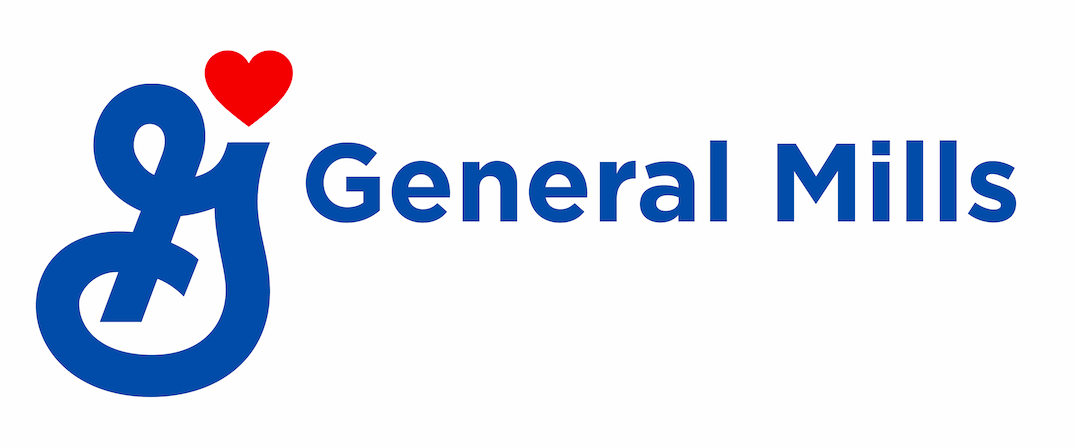Strengthening the World’s Largest School Meals Program
by Grant Moos
General Mills is reliving an important part of its history in school meals and fortification – but in an emerging market in a slightly different way.
The General Mills Foundation announced a two-year, $500,000 grant to the World Food Program (WFP) last month to advance a pilot program to fortify rice and other staples served daily at the mid-day meal in India to nearly 140,000 school children.
India is home to the world’s largest number of people experiencing food insecurity. Many children in the eastern state of Odisha – where the pilot program is taking place – suffer from malnourishment, including anemia and stunted growth.
The WFP pilot is leveraging the knowledge of more than 150 General Mills volunteers in India who worked this year with a nutrition awareness program near our plant in Nashik. Some of our employees in India also have experience in our ongoing global fortification work with flour, cereal and baked goods.
“This fortification project reflects our belief that school meals play a vital role, ensuring that children are nourished and ready to learn,” says Mary Jane Melendez, executive director of the General Mills Foundation.
The pilot program will test two methods of delivering fortification to see which works best.
Half the schools will receive rice cooked on-site that is fortified with important micro-nutrients like iron, zinc and vitamin A. The other half will receive micro-nutrient powder fortified with the same ingredients that is then added to curry dishes at schools.
“Thanks to the expertise and dedication of General Mills, thousands of children in need will receive the nutrition and education they need to break the cycle of poverty and hunger,” says Rick Leach, president and CEO of World Food Program USA.
Deep fortification experience
General Mills has nearly a century of experience with fortification, which began in the 1930s when we “vitalized” Kix cereal in the U.S. with vitamins B and D, calcium, phosphorous and iron. Fortification has played an important role in reducing nutrition deficiencies over the past century in many regions of the world.
Following Kix’s lead, we ramped up our fortification efforts.
- In the 1930s, we developed a cost-effective way to produce vitamin D to fortify milk and became one of the largest producers in the world. Within 20 years, rickets – a disease that softens the bones of children – all but disappeared in the U.S.
- In the 1940s, Gold Medal and Pillsbury began adding iron and other nutrients to flour to help prevent anemia.
- In the 1970s, in response to findings of nutrient deficiencies by the 1969 White House Conference on Nutrition, we began adding B-vitamins and iron to more of our cereals.
- In the 1980s, we began adding folic acid – which helps to reduce birth defects such as spina bifida – to our cereals.
- In the 1990s, we began adding calcium to most of our kid cereals to support bone growth.
- And in 2008 – in response to concern that both children and adults were not getting enough calcium and vitamin D in their diets – we began fortifying all of our cereals with these nutrients.
But rice, a staple for half of the world’s population, has been largely overlooked in fortification efforts globally.
Food secure communities
The WFP was looking for the final round of funding for the fortification project in Odisha shortly after the General Mills Foundation revamped its strategy centered on two global focus areas: food secure communities and sustainable agriculture.
“We had been talking with the WFP for a few years about working together and everything finally fell into place so we could do this project,” says Nicola Dixon, associate director of the General Mills Foundation.
India now has 1.31 billion people and is forecast to surpass China as the world’s most populous country in 2022.





